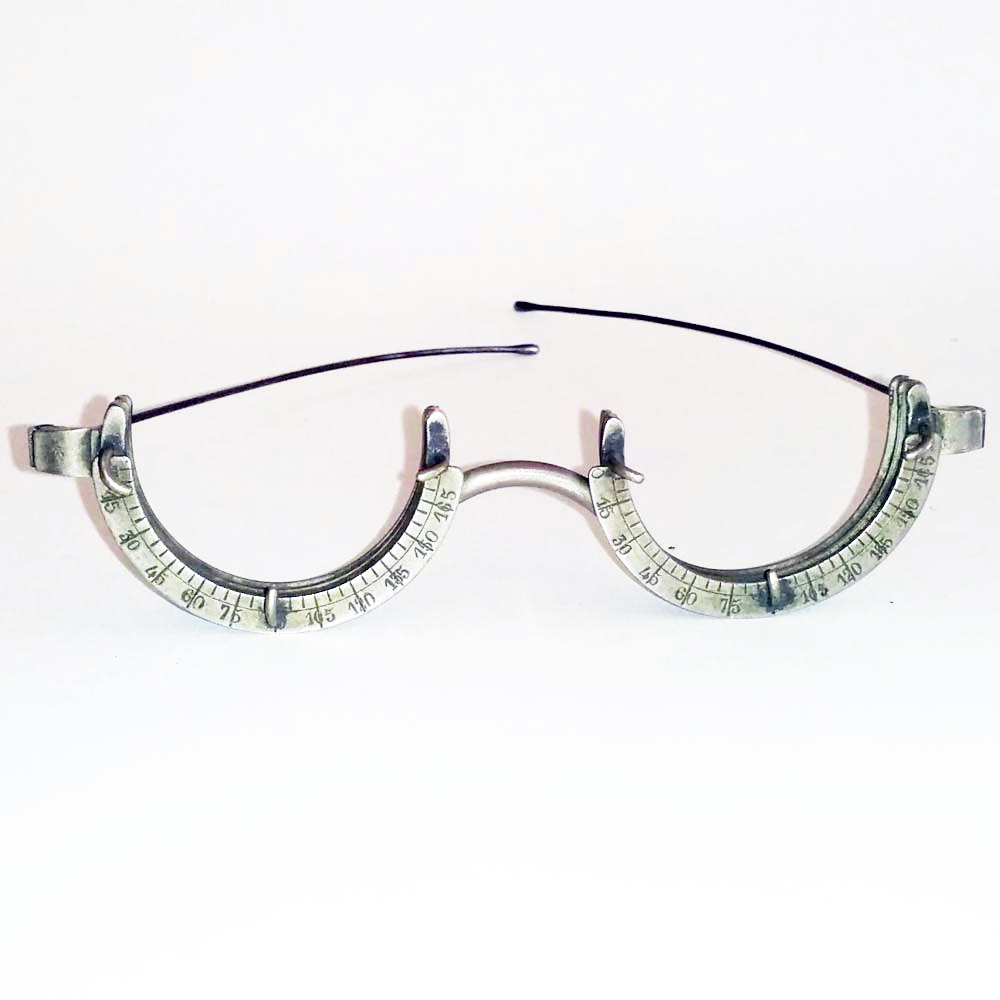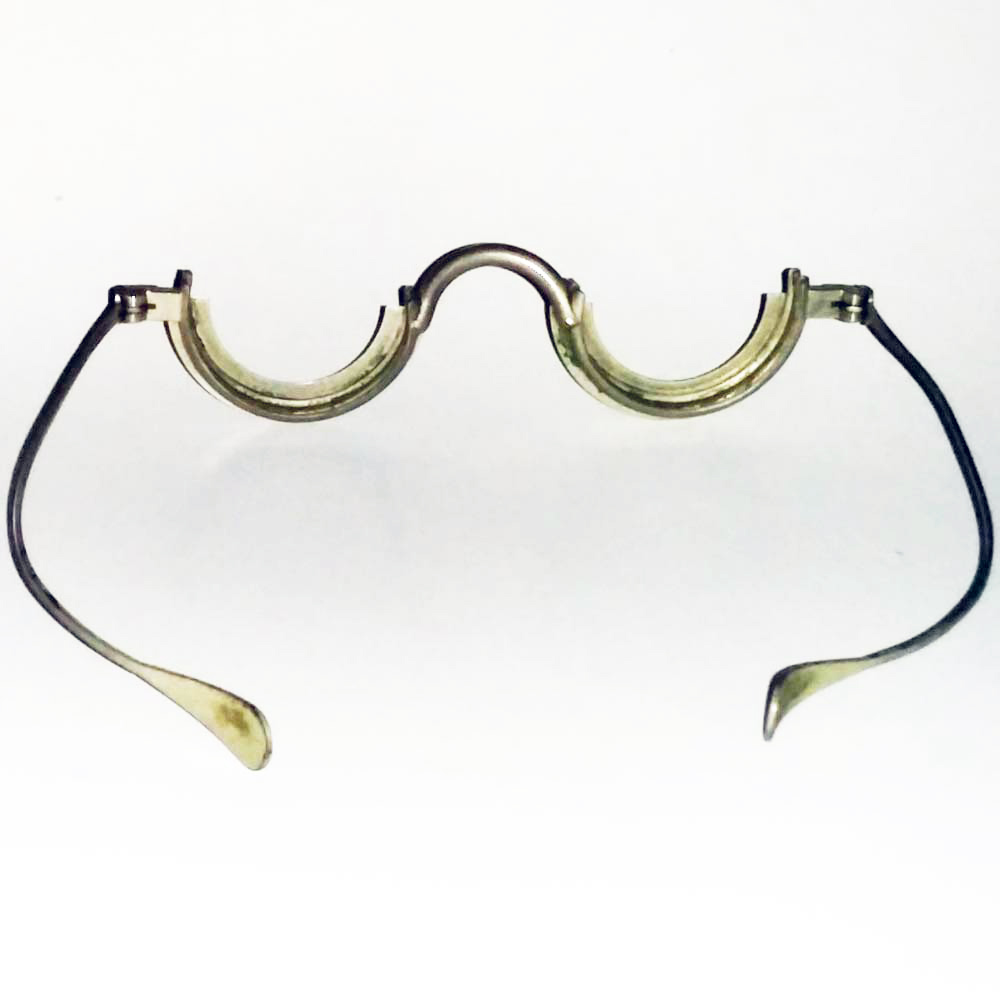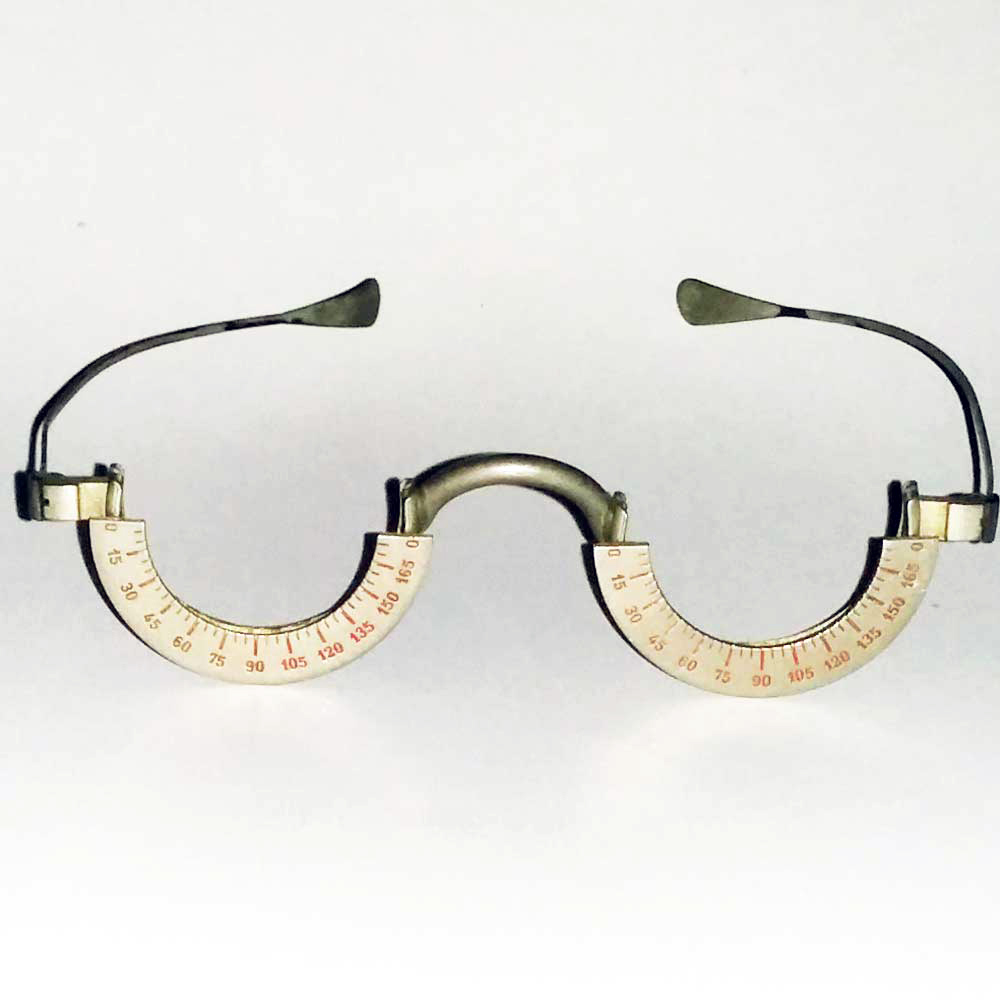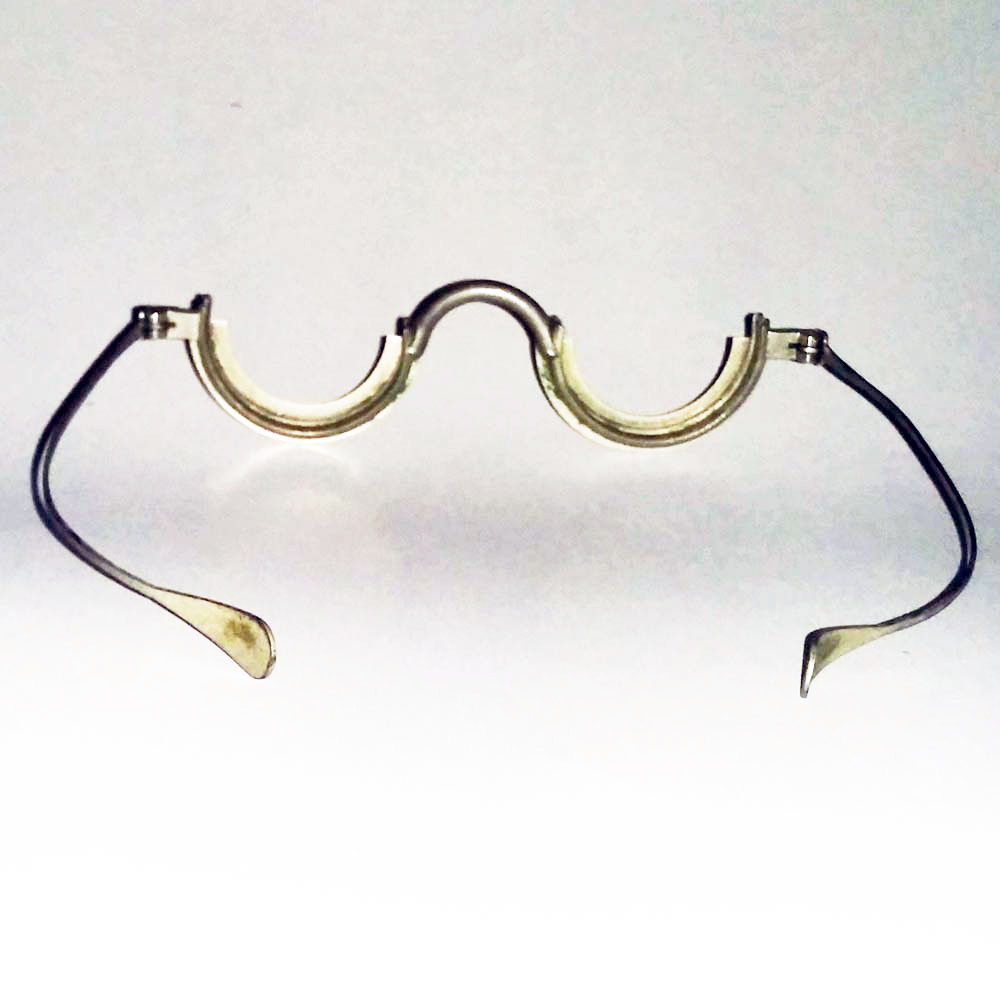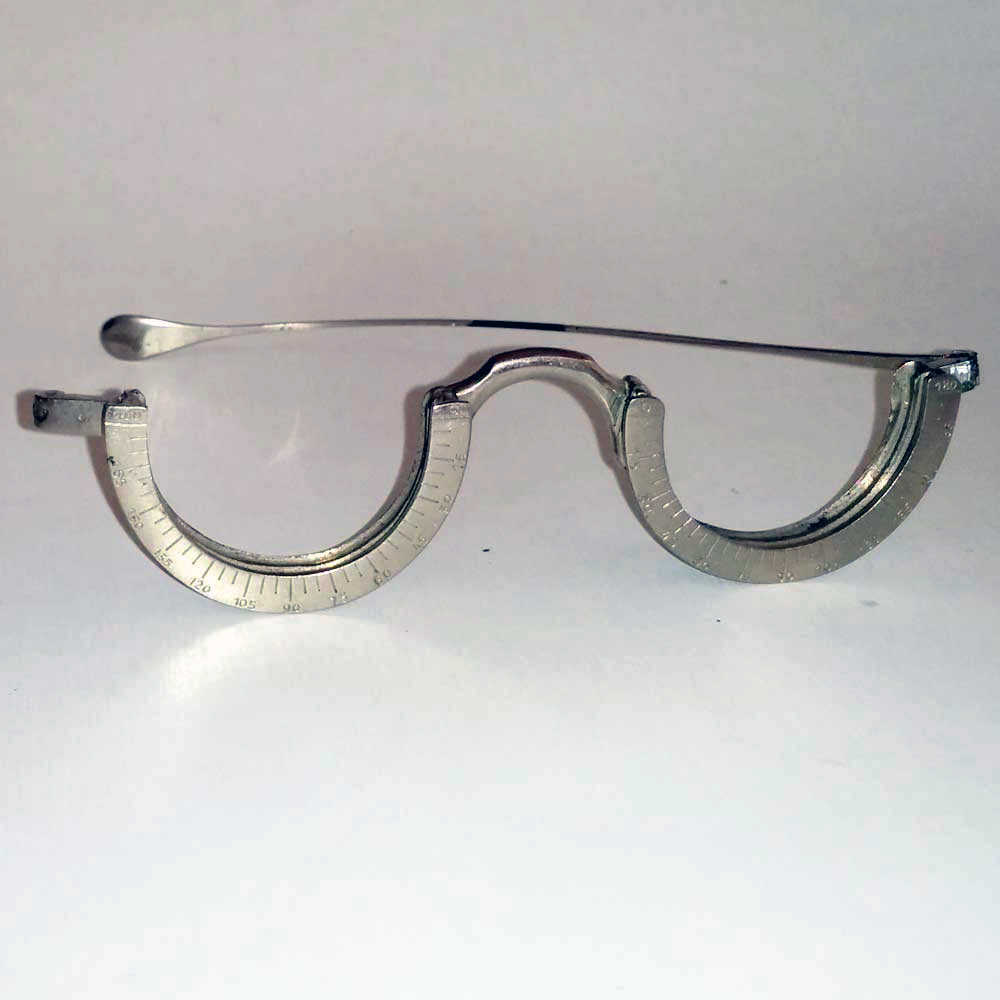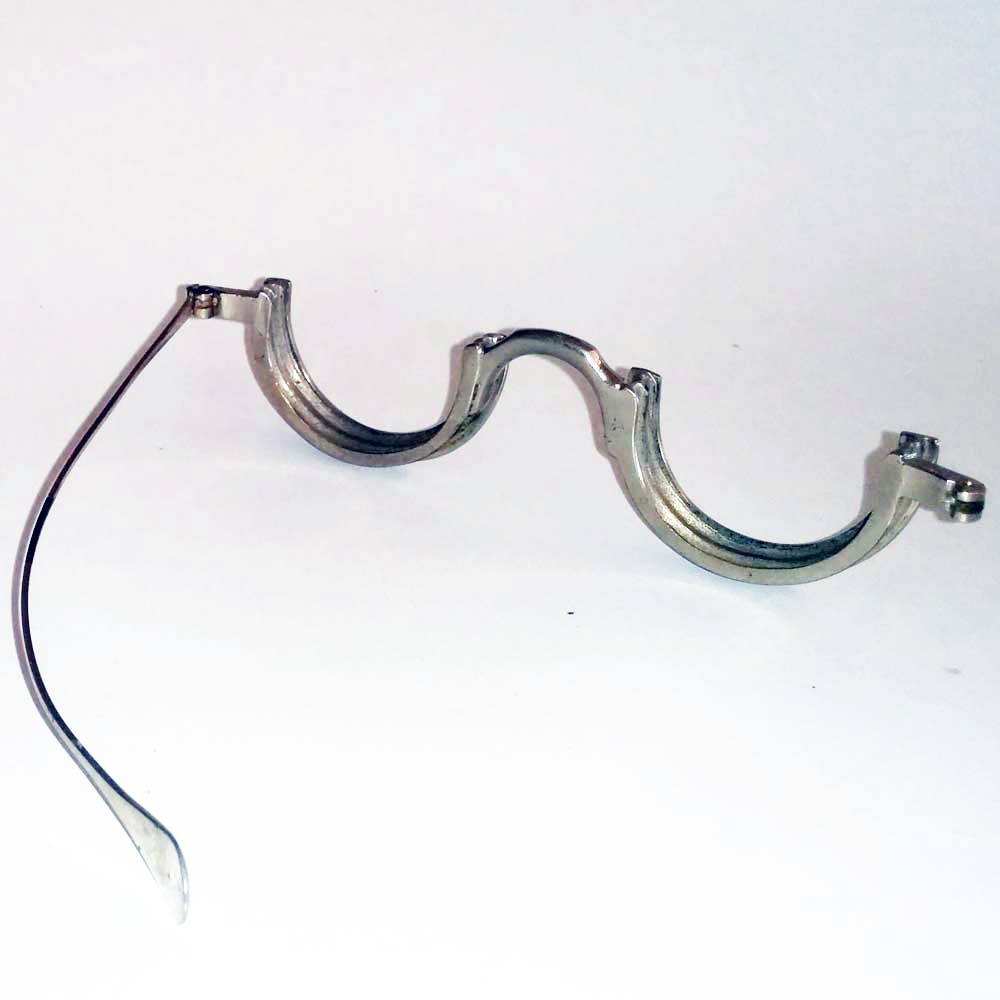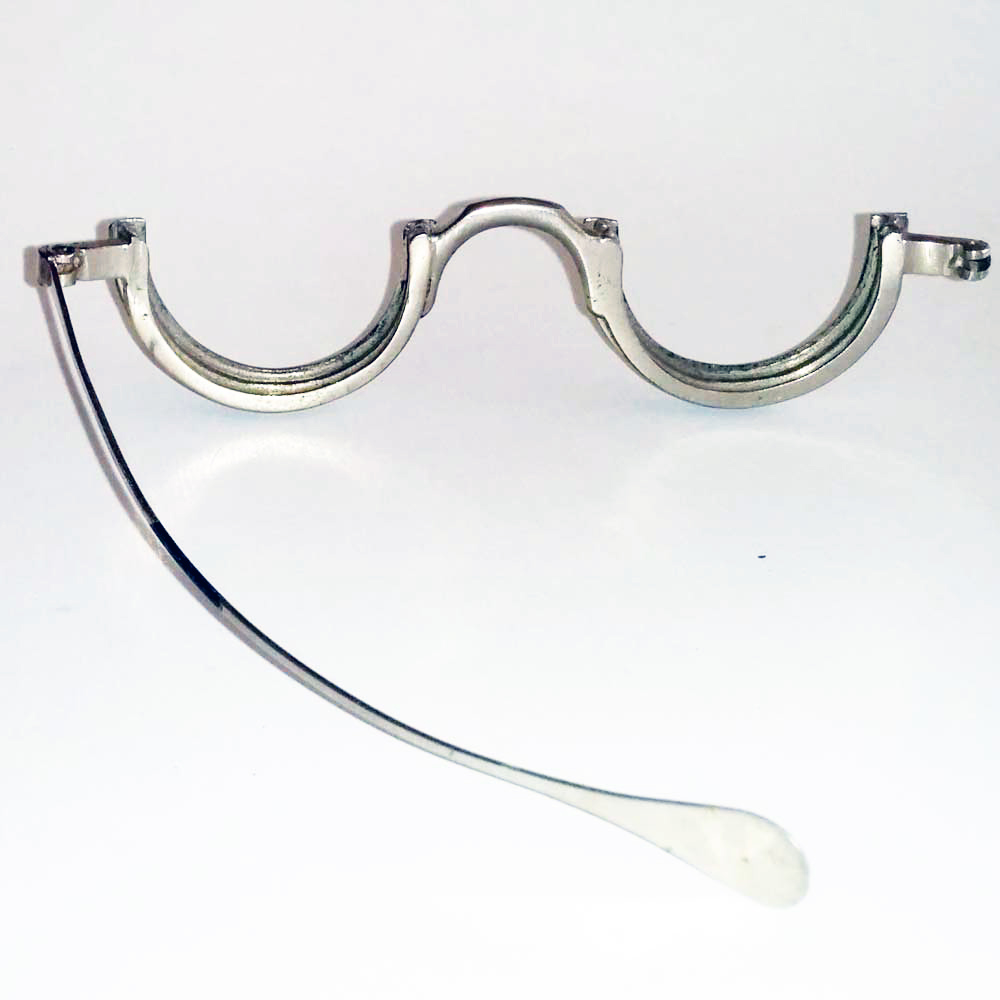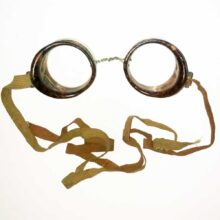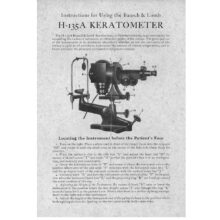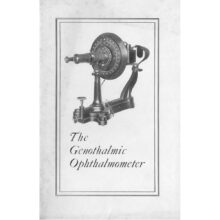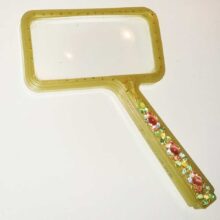The Evolution of the Trial Lens Frame: A Look at the Pfalz Design
The trial lens frame, a tool used in eye care, was first developed in the late 1800s. Early versions featured a simple design. The frame had a lower half to hold a single lens, while a spring-like clip above kept it in place. This basic frame soon evolved. By the early 1900s, it could hold two lenses on the same side. Additionally, the cylindrical lens could rotate, making it easier for optometrists to test various prescriptions.
The 1901 Pfalz Trial Frame
One of the notable trial frames from this period is the Pfalz, introduced in 1901. It had a steel frame with two grooves inside to hold spherical and cylindrical lenses. This design allowed for easy lens swaps during eye exams. The frame also featured three metal hooks on each side to hold another lens, adding more flexibility for different tests.
A unique feature of this frame is the front axis, marked in degrees from 0 to 180. This helped optometrists measure and adjust lenses with precision. The nose bridge on the Pfalz frame was shaped in a classic “C” style, a design common in 18th-century eyeglasses. This style added a touch of vintage appeal to the frame.
Design and Materials
The temple pieces of the Pfalz trial frame were straight and made from wire, a style popular in the late 1800s. These features give the frame a sturdy yet lightweight feel, making it comfortable for long periods of use.
The Pfalz trial frame is listed in the spectacles collection because of its strong resemblance to traditional eyeglasses. This design remains an important milestone in the evolution of eye care tools.
